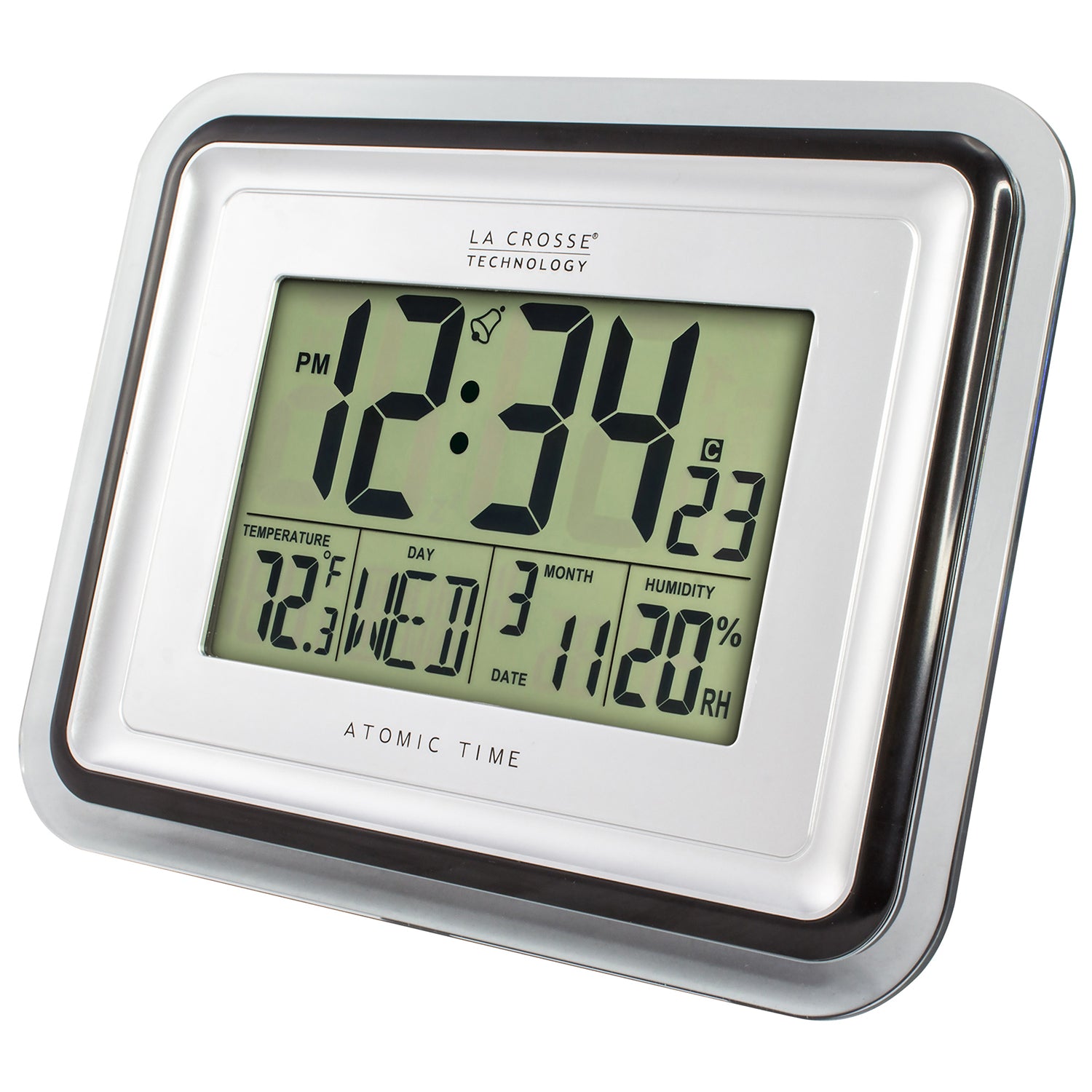

The best quartz devices were eventually accurate enough to measure and record variations in the Earth’s rotation, but they were still limited in performance and sensitive to environmental changes. Quartz oscillators first appeared in the 1920s. For thousands of years prior to the invention of atomic clocks, the reference for world timekeeping was the Earth’s rotation rate, which was limited in accuracy to about one millisecond (one part in 10^8) per day. The new definition meant that seconds were now measured by counting oscillations of atoms, and minutes and hours were now multiples of the second rather than divisions of the day.Ītomic clocks also enabled astounding gains in timekeeping accuracy. This changed in 1967, when the second was redefined as the duration of 9 192 631 770 energy transitions of the cesium atom. Before atomic clocks, the second was defined by dividing astronomical events, such as the solar day or the tropical year, into smaller parts. Many technologies that we take for granted rely on atomic clock accuracy, including mobile phones, Global Positioning System (GPS) satellite receivers, and the electric power grid.Ītomic clocks fundamentally altered the way that time is measured and kept. The societal impact of atomic clocks has been immense. NIST visitors can normally pass through security if sponsored by a NIST employee. This site is approximately 18 miles (29 km) away from the site of invention by car, but will allow NIST employees and visitors who pass through security to view the plaque. The area is regularly patrolled by security/police officers.Ī duplicate copy of the plaque will be mounted in the lobby of the Administration Building at the National Institute of Standards and Technology in Gaithersburg, Maryland (100 Bureau Drive, Gaithersburg, MD, 20899). The site is publicly accessible in an outdoor location. How the intended plaque site is protected/secured There will also be a duplicate plaque on the NIST campus for NIST employees to view. The plaque is mounted outdoors on a bronze stand.

Foreign Missions, State Department) Details of the physical location of the plaque Left to right: Tony Ivanov, Sherrie Lyons, Carl Williams, Clark Nguyen, Kent Rochford, Back Row: Steve Jefferts, Chris Oates, Mike Lombardi, Cliff Seagroves (Director, U.S. The columns make up the border of another little park, also owned by the U. One remaining piece of the old National Bureau of Standards (NBS) campus remains, a pair of stone columns that once served as an entrance to the NBS campus (see photograph below from Google Maps, the two columns are circled in the photo). This is where the original Radio Building was located (see text below regarding original building site), 4000 Connecticut Avenue NW, Washington, DC Street address(es) and GPS coordinates of the Milestone Plaque Sitesīeside the sidewalk on the west side of Connecticut Ave, NW between Van Ness and Tilden Streets, Washington, DC. Atomic clock accuracy made possible many new technologies, including the Global Positioning System (GPS). Far more accurate than previous clocks, atomic clocks quickly replaced the Earth’s rotational rate as the reference for world time. The first atomic clock, developed near this site by Harold Lyons at the National Bureau of Standards, revolutionized timekeeping by using transitions of the ammonia molecule as its source of frequency. 7 Features that set this work apart from similar achievements.5 How the intended plaque site is protected/secured.4 Details of the physical location of the plaque.3 Street address(es) and GPS coordinates of the Milestone Plaque Sites.


 0 kommentar(er)
0 kommentar(er)
